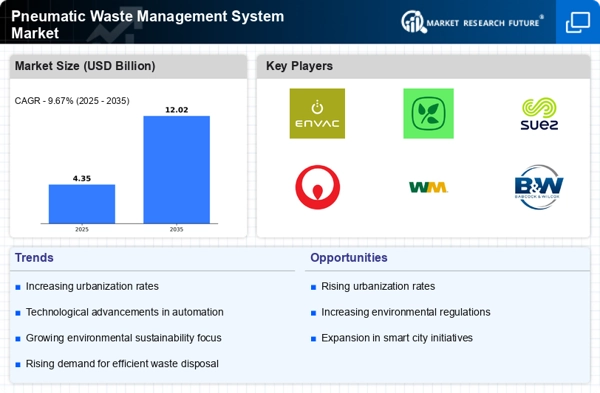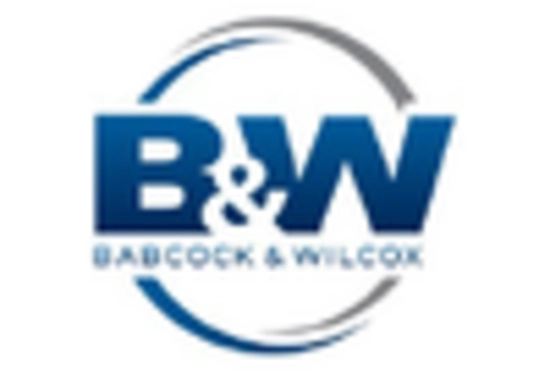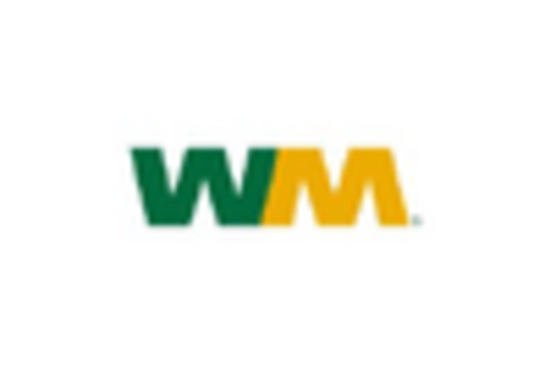The Pneumatic Waste Management System Market is currently characterized by a dynamic competitive landscape, driven by increasing urbanization, environmental sustainability concerns, and the need for efficient waste management solutions. Key players such as Envac (SE), SUEZ (FR), and Veolia (FR) are at the forefront, each adopting distinct strategies to enhance their market positioning. Envac (SE) focuses on innovation in automated waste collection systems, while SUEZ (FR) emphasizes digital transformation and smart waste management solutions. Veolia (FR), on the other hand, is leveraging its extensive global network to expand its service offerings, thereby shaping a competitive environment that prioritizes technological advancement and sustainability.
The market structure appears moderately fragmented, with several players vying for market share through localized manufacturing and supply chain optimization. This fragmentation is indicative of a competitive environment where key players are not only competing on technological capabilities but also on operational efficiencies. The collective influence of these companies is significant, as they drive advancements in waste management technologies and practices, thereby setting industry standards.
In August 2025, SUEZ (FR) announced a strategic partnership with a leading technology firm to develop AI-driven waste sorting systems. This collaboration is poised to enhance operational efficiency and reduce contamination rates in waste streams, reflecting SUEZ's commitment to integrating cutting-edge technology into its services. Such initiatives are likely to position SUEZ as a leader in the digital transformation of waste management.
In September 2025, Veolia (FR) launched a new initiative aimed at expanding its pneumatic waste collection systems in urban areas across Europe. This expansion is strategically important as it aligns with the growing demand for sustainable waste management solutions in densely populated regions. By enhancing its infrastructure, Veolia is not only improving service delivery but also reinforcing its market presence in a competitive landscape.
In July 2025, Envac (SE) secured a contract for a large-scale pneumatic waste management system in a major city in the Middle East. This contract is significant as it underscores Envac's ability to penetrate new markets and adapt its solutions to diverse urban environments. Such strategic moves are indicative of Envac's focus on global expansion and innovation in waste management technologies.
As of October 2025, the competitive trends in the Pneumatic Waste Management System Market are increasingly defined by digitalization, sustainability, and the integration of AI technologies. Strategic alliances among key players are shaping the landscape, fostering innovation and enhancing service delivery. Looking ahead, it is anticipated that competitive differentiation will evolve, with a shift from traditional price-based competition to a focus on technological innovation, reliability in supply chains, and sustainable practices. This evolution is likely to redefine how companies position themselves in the market, emphasizing the importance of adaptability and forward-thinking strategies.


















Leave a Comment